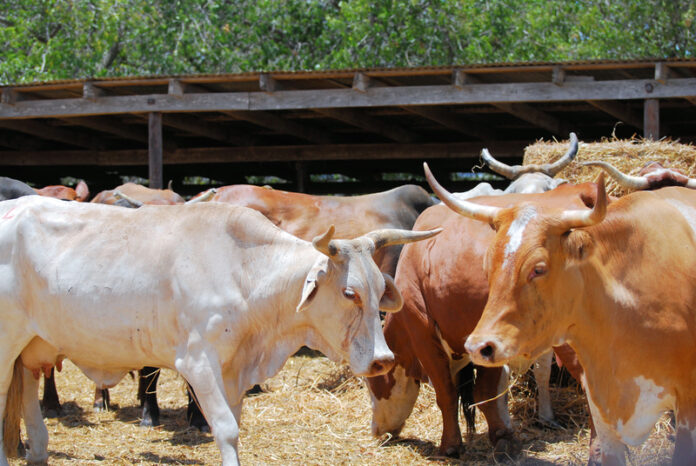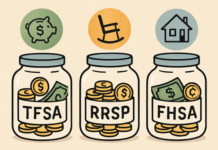
Ranching has always been about finding balance between tradition and innovation, hard work and smart planning. Cattle still need to be fed, fences still need to be fixed, and herds still need to be handled. But the way ranchers get those jobs done has changed dramatically.
It’s no longer enough to rely on equipment that “gets the job done for now.” Breakdowns, delays, and outdated systems cost time, money, and sometimes even an operation’s reputation. That’s why today’s ranch leaders are looking at equipment not just as tools, but as long-term investments that can make or break profitability.
From cattle handling systems and chute designs to smart technology and energy-efficient upgrades, the choices ranchers make now have ripple effects for years to come. The question is: which investments actually pay off, and how do you decide where to spend your money?
Why Cattle Handling Equipment Matters Most
Animal handling is one of the highest-risk areas in ranching. Poorly designed setups can lead to stressed cattle, worker injuries, and wasted labor hours. Investing in low-stress cattle handling systems is one of the smartest moves a rancher can make.
This is where durable, well-built chutes play a central role. When ranchers look for a cattle chute for sale, the decision is about more than price. A good chute minimizes stress on the herd, keeps workers safe, and streamlines essential tasks like vaccinations or branding. Over time, calmer cattle even gain weight more consistently, directly improving profitability.
Suppliers such as Farm and Ranch Depot specialize in equipment built for efficiency and longevity. Choosing wisely here reduces hidden costs and prevents the chain reaction of problems that come from outdated gear.
Using Technology to Improve Daily Operations
Technology is no longer reserved for massive agribusinesses. Mid-sized and family-owned ranches are adopting tools that once felt futuristic: smart ear tags that track cattle health, drones that survey land and water, and digital systems that log herd data.
The benefits are immediate. Early detection of illness reduces losses, drone mapping helps prevent overgrazing, and remote monitoring cuts down on wasted trips across large pastures. For leaders, these tools aren’t about novelty; they’re about lowering risk and creating predictability in a business where margins are often razor-thin.
Adding digital ranch management tools also creates better decision-making records. Ranchers can analyze trends season over season, helping them adapt to market swings or environmental changes with more confidence.
Energy-Efficient and Sustainable Ranch Equipment
Rising fuel and energy costs make sustainability a financial priority as much as an ethical one. Equipment upgrades like solar-powered water pumps, energy-efficient irrigation, and weather-smart monitoring tools reduce recurring expenses.
These choices also align with shifting consumer expectations. Buyers want transparency, and operations that demonstrate responsible, sustainable practices gain a branding advantage. Many of these upgrades qualify for government subsidies, which shorten the payback period and make them even more appealing.
For ranchers, sustainable ranch equipment is no longer an experiment, it’s becoming a competitive edge that secures both cost savings and long-term resilience.
Knowing When to Replace Old Equipment
Every ranch eventually faces the same tough decision: repair or replace. Equipment pushed past its useful life may seem cheaper to patch, but constant breakdowns drain productivity and inflate maintenance budgets.
Tracking lifecycle costs is the best way to make this call. For example, an old squeeze chute might still function, but if repairs are frequent and downtime is growing, replacing it with a newer model is the smarter move. The same principle applies to tractors, irrigation pumps, and fencing systems, any piece of ranch equipment has a tipping point where replacement becomes more cost-effective than repairs.
Leaders who make these decisions with long-term return on investment in mind avoid sunk costs and keep their operations running smoothly.
Why Training and People Still Matter Most
Even the best equipment can’t deliver results if workers don’t know how to use it effectively. Training is one of the most overlooked “investments” in ranching. A skilled ranch hand who knows how to guide cattle calmly into a chute or how to maintain a solar pump correctly ,multiplies the value of the equipment itself.
Well-trained staff reduce injuries, improve animal welfare, and extend the lifespan of machinery. In business terms, training adds invisible ROI that shows up in smoother operations and fewer expensive mistakes.
For ranch leaders, this means building equipment investments and training budgets side by side, because one doesn’t work without the other.
Wrap-Up
Future-ready ranching is about more than buying shiny new tools. It’s about making informed ranch equipment investments that reduce risks, cut costs, and improve outcomes for both livestock and workers.
From upgrading cattle handling systems to adopting smart technology and investing in energy-efficient gear, the best decisions are the ones that create long-term resilience. For ranch leaders, treating equipment as a strategic asset, not just an expense, ensures operations thrive no matter what the next season brings.
Find a Home-Based Business to Start-Up >>> Hundreds of Business Listings.













































